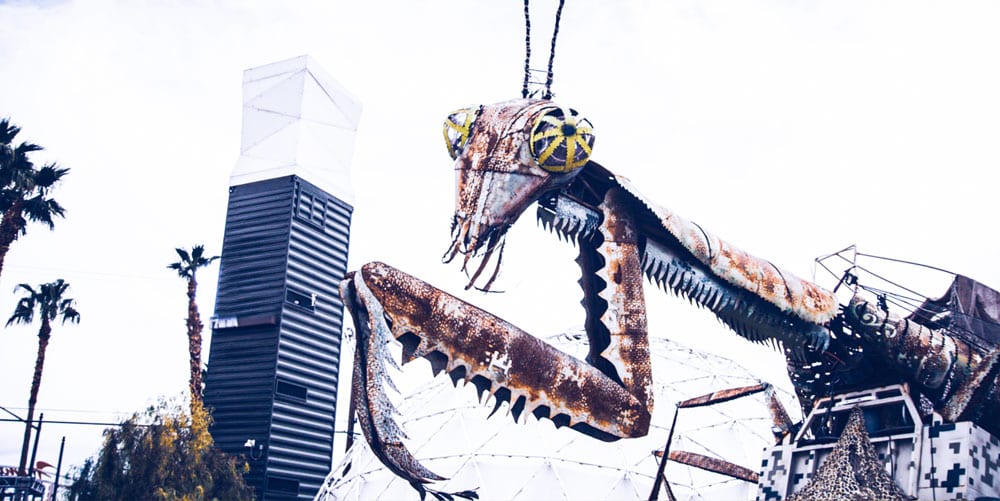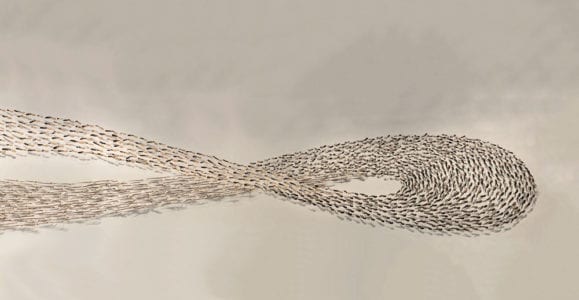Rearing crickets—Life cycle assessment of a live pet food business
Journal paper by J Suckling, A Druckman, C D Moore and D Driscoll
The International Journal of Life Cycle Assessment | July 2020

Purpose
Production and consumption associated with the human food supply chain is placing a significant strain upon the environment. In particular, much attention is given to the impacts caused by rearing livestock. Growing human populations and an increasing demand for meat in people’s diets are now regarded as leading causes of global climate change, with 14% of all anthropogenic greenhouse gas (GHG) emissions attributed to rearing animals for human food (Gerber et al. 2013). This is compounded by the 38% of arable land which is used to grow crops to feed animals for human consumption. As a result, alternative sources of protein are an increasingly important area of research, and one particular avenue of interest is rearing insects as a source of both food for humans and feed for animals.
Rearing crickets in the UK for the live pet food market is already a well-established industry. This paper presents a life cycle assessment (LCA) of a current live pet food business. Using results from this LCA, the papers explores how current business practices could be improved to reduce environmental impacts, and discusses the potential benefits of a hybrid live pet food/human consumption business model.
Methods
An attributional, cradle-to-farm-gate life cycle assessment was conducted on rearing crickets for the live pet food market, with data collected on-site at a case study business. Results are reported in multiple impact categories from the ILCD 2011 Midpoint+ method. Comparison is made to the only other similar study: an LCA of rearing crickets in Thailand for human consumption. The sources of the different environmental impacts between the two studies are explored and inefficiencies in the live pet food rearing process identified. Subsequently, scenarios are used to explore how the inefficiencies may be mitigated, and environmental impact of the live pet food production process reduced through adoption of a hybrid live pet food/human food production model.
Results and discussions
The environmental impact was found to be larger across all impact categories than the only known comparable study, which is for rearing crickets in Thailand for human consumption. Some of this difference is due to the heating required for rearing crickets in a climate such as the UK, and some is due to the requirements of the live pet food market being much more demanding on resources than the human food model. The current study identifies improvements in practices that would make this contrast less stark, such as optimising feeding practices, and the benefits of moving to a hybrid live pet food/human consumption business model.
Conclusions
This is the first LCA of crickets reared in the UK. The results highlight inefficiencies in the rearing process that are now being addressed by the case study business. The study also shows the potential co-benefits of a hybrid business model, in which crickets for human consumption are produced alongside crickets for the live pet food market.
The article is available in open access on the Springer Link website. If you have difficulties accessing the paper, please get in touch: info@cusp.ac.uk.
Citation
Suckling, J., Druckman, A., Moore, C.D. et al 2020. The environmental impact of rearing crickets for live pet food in the UK, and implications of a transition to a hybrid business model combining production for live pet food with production for human consumption. Int J Life Cycle Assess. https://doi.org/10.1007/s11367-020-01778-w.



